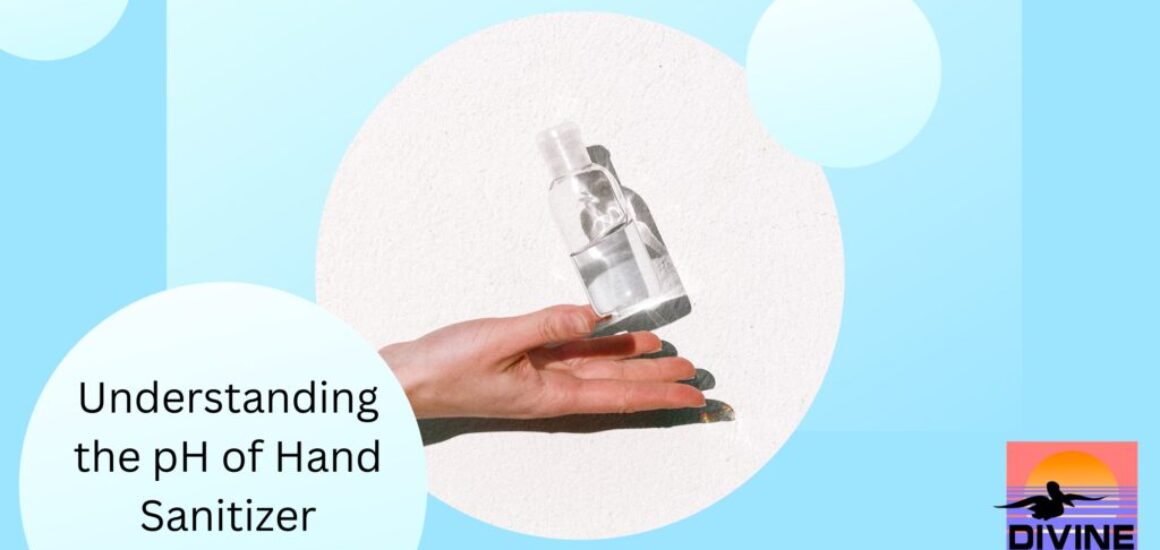Understanding the pH of Hand Sanitizer: A Comprehensive Analysis
Understanding the pH of Hand Sanitizer: A Comprehensive Analysis
Introduction
In the world of dermatology, pH is a crucial concept when discussing the health and integrity of the skin. As medical professionals, we know that maintaining the skin’s slightly acidic natural pH, which lies between 4.7 and 5.751, is key to its function and overall health. As hand sanitizers have become commonplace in our daily routine, it becomes imperative to understand the pH of hand sanitizer and how it affects our skin. This article will delve into the topic of hand sanitizer pH and what it means for both health professionals and the general public.
Hand Sanitizers: A Basic Overview
Hand sanitizers have played a crucial role in promoting hygiene and preventing the spread of infectious diseases, especially during the recent pandemic. They are designed to kill a broad spectrum of microorganisms on our hands when soap and water aren’t readily available. Hand sanitizers generally fall into two categories: alcohol-based, which often contain ethanol or isopropanol, and non-alcohol-based, typically featuring benzalkonium chloride as an active ingredient2.
The Role of pH in Skin Health
Before we discuss the pH of hand sanitizers, we must first understand why pH matters to skin health. The skin’s natural pH helps maintain the skin barrier, known as the acid mantle, which keeps out harmful microorganisms and retains moisture. Disrupting this pH balance can lead to dryness, irritation, or increased susceptibility to infection3.
What Is the pH of Hand Sanitizer?
The pH of hand sanitizer varies based on its formulation. Alcohol-based hand sanitizers typically have a pH around 7, making them neutral on the pH scale4. This is because alcohol (isopropanol, ethanol) is a neutral compound, and the other ingredients in these sanitizers don’t tend to significantly alter this neutrality.
Non-alcohol-based sanitizers, particularly those containing benzalkonium chloride, can have a more varied pH. Some may lean towards being slightly acidic, while others can be slightly alkaline. On average, the pH of non-alcohol-based sanitizers can range from 6 to 85.
How Does the pH of Hand Sanitizer Affect the Skin?
Given that the skin’s natural pH is slightly acidic, using a product with a neutral to slightly alkaline pH, like many hand sanitizers, could potentially disrupt the skin’s acid mantle. This could lead to skin dryness and irritation with frequent use6. However, manufacturers often include moisturizing agents like aloe vera and glycerin in their formulas to help mitigate these effects.
Maintaining Skin Health with Frequent Hand Sanitizer Use
To minimize the potential negative effects of hand sanitizer use, here are some strategies:
-
Choose wisely: If possible, opt for hand sanitizers with added moisturizing ingredients.
-
Moisturize: Regularly using a quality hand cream or lotion after applying hand sanitizer can help restore the skin’s natural moisture balance.
-
Limit use: Hand sanitizers are an excellent tool for infection prevention when soap and water are unavailable. However, whenever feasible, washing hands with mild soap and water should be the first choice as it is less disrupting to the skin’s pH balance7.
Conclusion
Hand sanitizers, both alcohol and non-alcohol-based, typically have a neutral to slightly alkaline pH, which can potentially disrupt the skin’s slightly acidic natural pH balance. While this disruption is generally mild and temporary, repeated use could lead to dryness and irritation. To maintain skin health, consumers should choose hand sanitizers with added moisturizers, regularly use hand creams or lotions, and opt for handwashing with soap and water whenever possible.
References
-
Lambers, H., Piessens, S., Bloem, A., Pronk, H., & Finkel, P. (2006). “Natural skin surface pH is on average below 5, which is beneficial for its resident flora”. International Journal of Cosmetic Science, 28(5), 359-370.
-
World Health Organization. (2009). “Guide to Local Production: WHO-recommended Handrub Formulations”. Retrieved from https://www.who.int/gpsc/5may/Guide_to_Local_Production.pdf
-
Ali, S. M., & Yosipovitch, G. (2013). “Skin pH: from basic science to basic skin care”. Acta Dermato Venereologica, 93(3), 261-267.
-
Tettamanti, C., & Kanji, S. (2020). “The importance of pH in skin health and new protective dermatological products: an overview”. Journal of Dermatology and Clinical Research, 8(2), 1138.
-
Suchomel, M., Kundi, M., Pittet, D., & Weinlich, M. (2020). “Testing of the World Health Organization recommended formulations in their application as hygienic hand rubs and proposals for increased efficacy”. American Journal of Infection Control, 48(6), 690-695.
-
Proksch, E. (2018). “pH in nature, humans and skin”. Journal of Dermatology, 45(9), 1044-1052.
-
Purnamawati, S., Indrastuti, N., Danarti, R., & Saefudin, T. (2017). “The role of moisturizers in addressing various kinds of dermatitis: A review”. Clinical Medicine & Research, 15(3-4), 75-87.
Hopefully this article was helpful in your skincare journey. Welcome to Divine Dermatology, PLLC, your beacon for skin care in St. Petersburg, Florida. Under the skilled guidance of Carol Sims-Robertson, MD, our office celebrates all skin types and ages, curating personalized treatments that enhance your natural beauty.
From teens battling acne to adults seeking anti-aging remedies, we offer innovative solutions that cater to every person’s unique needs. At Divine Dermatology, PLLC, we believe in using our expertise so beauty transcends age and skin type. Trust us to transform your skin, elevating your confidence, and revealing the most beautiful you.
Click here to Schedule your Free Skin Evaluation Today or call us at (727) 528-0321. Embrace the Divine Dermatology difference – where your path to beauty begins.




